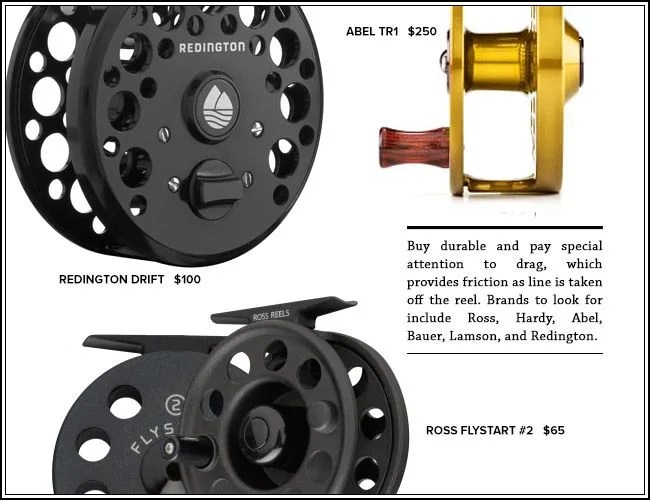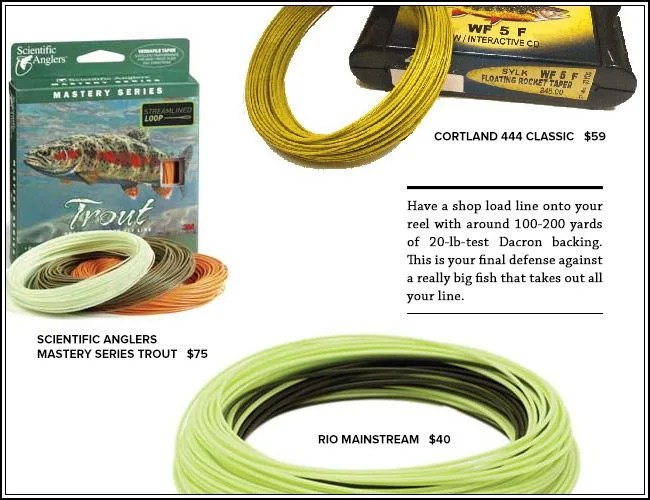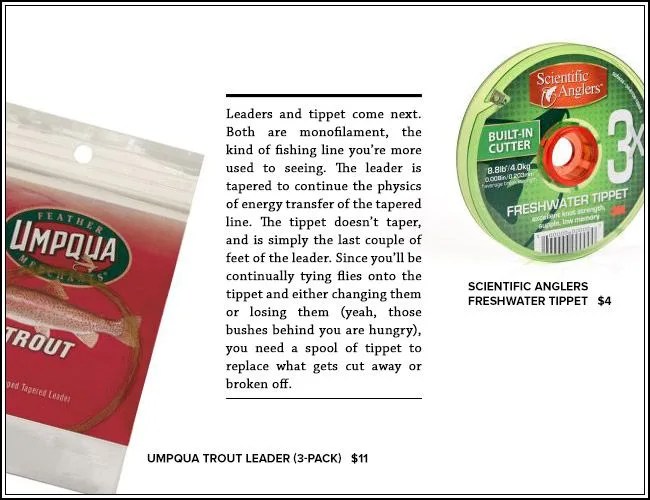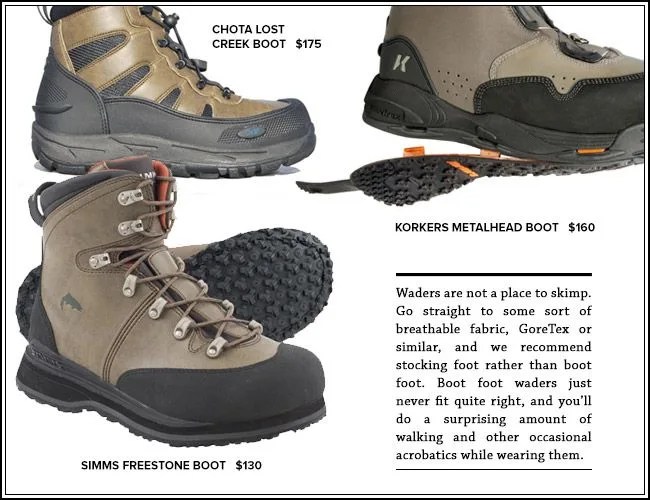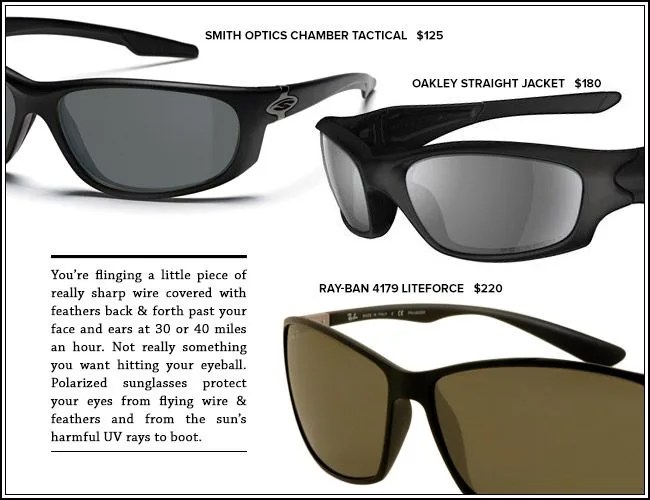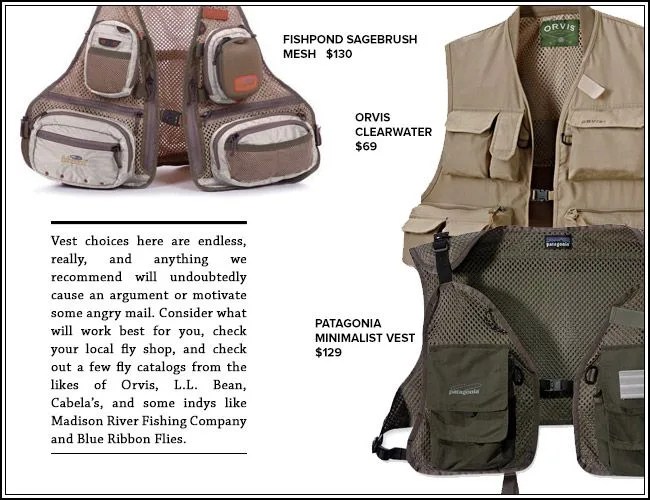Editor’s Note: Fly fishing gets a funny response from a lot of people. They know it’s a storied sport of some kind, and they respect it — but they don’t really know what the hell it is, what it entails. What’s with the waving? This might be a stupid question, but are you actually fishing for… flying fish?
For the fishermen who’ve been hooked, this isn’t frustrating, but rather a little disappointing. They know the secret, you see. They have the perfect excuse for camaraderie, for gear hoarding, for trips to gorgeous, hidden locations, for excitement, for a true sporting challenge. So consider the next two days — during which we’ll be giving you the fly fishing jump into the deep end — a happily bestowed gift. We hope you enjoy, and more importantly, that you’re inspired to give it a try.
So you watched A River Runs Through It on cable the other night and, your brother’s gambling issues aside, you’ve decided to try fly fishing. What do you need? Well, you could start with just a hardware store rod, reel & line, a few flies in a plastic box, and some clothes you don’t mind trashing. But you’ll enjoy yourself a lot more if you have some decent gear in hand.
KEEP FISHIN’: Bucket List Fly Fishing Destinations | 30 Minutes with Fly Fishing Legend Lefty Kreh | Why Fly Fish? An Essay
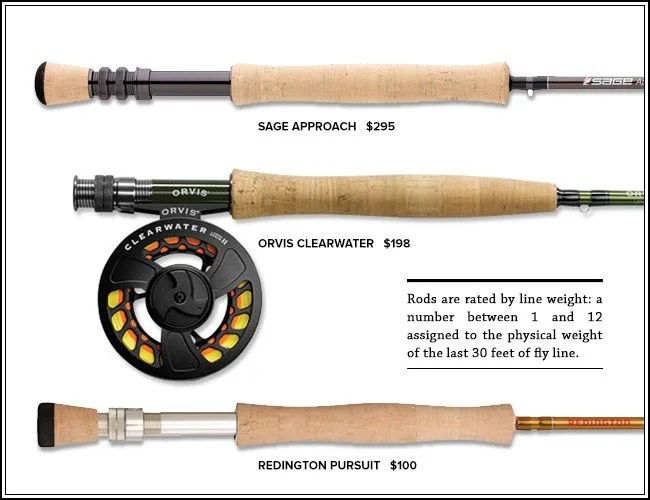
The place to start is with a rod and reel. These need to be matched so they balance each other. Rods are rated by line weight — basically a number between 1 and 12 assigned to the physical weight of the last 30 feet of fly line. To make things simple here, start with a 5wt. That will see you through most freshwater fishing situations. As you’ll hear quite a bit throughout this guide, get help from your local fly shop when it comes to selecting a rod. Good brands include Orvis, Sage, Loomis, Scott, St. Croix, Redington, Winston, and Templefork.
